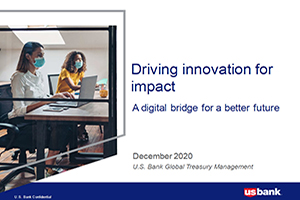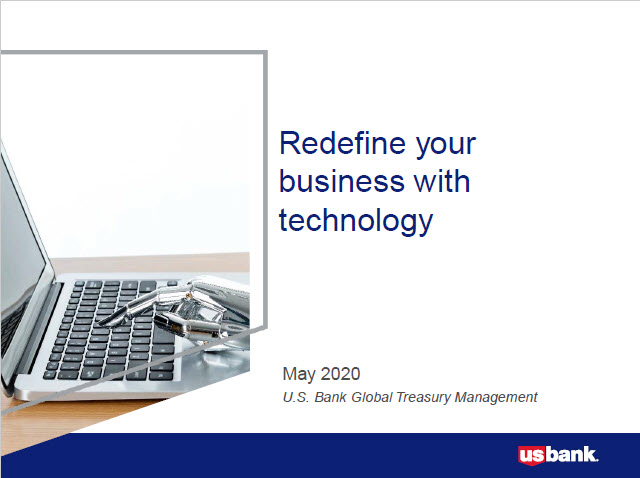This hybridization is likely set to continue, since more institutional investors are allocating to alternatives. Specifically, they’re increasingly allocating towards closed-end capital account structures because it gives them some of the attributes of managing performance they’re unable to get in a hedge fund structure.
Then there are the funds of one, where large institutional clients want to allocate more to private equity managers because they’re chasing alpha. But since they don't want to be commingled in a fund of 150-200 others, they’re demanding these funds of one. If a large public pension fund, for example, were going to allocate $300 million, they’d want their own fund.
What should private equity and hedge fund managers be evaluating when considering their administrators?
We see every deal that's being presented each week for alternatives, and there’s no shortage of additional service requests that come along with many of these new proposals.
We have our standard operating model, and we have some things that are normally asked for just outside of this. Increasingly, however, we’re experiencing requests far beyond our standard servicing model.
In terms of challenges for the business, administrators are continually pushed to provide additional ad hoc and bespoke services that may not fall within their standard operating model including:
- Investor-type reporting
- Financial statement production
- Feeding of data to data warehouses outside of a standard delivery schedule
- Data delivery
We're being tasked to provide ever increasing amounts of data to investment managers so they can use it to perform downstream reporting, which typically administrators may or may not have done. This reflects what’s happening in the industry from a regulatory perspective as well. Large firms – and this is specific to the billion-dollar club – are facing challenges by Form PF, FATCA, AIFMD and other data reporting that is far different from their GAV, NAV and financial statements.
If you look at the host of requests received from clients, a large percentage of them focus on investor service reporting for several buckets. We’re continually being challenged to return calculations posted on the investor services statement and include appropriate content in the appropriate format. (E.g., How much historical data should the statement present? Are they ILPA compliant in the private equity space? etc.)
Investor servicing is an area where there's a demand from clients for us to provide more. This is, in part, because there are increasing amounts of investors who haven’t invested in PE funds before and are allocating more money. Also, they all have different asks of what they want to receive from an investor reporting perspective. We view our ability to adapt quickly to evolving client needs as a key differentiator to our service provision.
The manager needs to facilitate all these data points for this type of reporting and for other areas – Cayman Authority, Guernsey, Dublin, etc. Everybody wants transparency, and they want to know what these funds are doing within the jurisdictions in which they’re domiciled. The answer to this is data, so that reporting can be performed. Some of this is regulatory, some informational and some for the purposes of managing distribution of services. Data is king, and it’s continually being asked for by all administrators including ourselves.
How is technology playing a role when it comes to managing private equity in a hedge fund administration?
Technology is important to a bank because it’s part of the business process design. It’s something that large institutions, like U.S. Bank, are investing in – first, to drive efficiency; second, because it's a necessary part of managing the business effectively. If you break this down to a more granular level, technology affects our product offering, too – and we're seeing challenges around various areas.
A good current example is in investor services reporting. There are many different tools out there to facilitate investor service reporting. Administrators use tools and drive their own technology development to build around them. Much of this comes back to data points and reporting at the investor level.
The proliferation of these strategies and the demand for the servicing to drive technology means that banks are continually pushed to invest more in the different platforms they use to service asset managers and funds. Specifically, they have to invest in investor relations, investor servicing, accountancy financial statement production and data management and mining. We are investing in each of these silos as demand continues.
What projects are you working on right now that will impact such managers in the foreseeable future?
We have lots of ongoing projects, but as it goes, you can only do so much at one time. A lot of what we have on the drawing board surrounds loans servicing. We’re one of the dominant players in the asset servicing space through our corporate trust group – we cover 70%-80% of this market. For us in administration, we’re constantly mining data to allow us to service complex loan portfolios continuously and efficiently.
Learn more about our fund services offerings by visiting our website or connecting with our team.



































































































